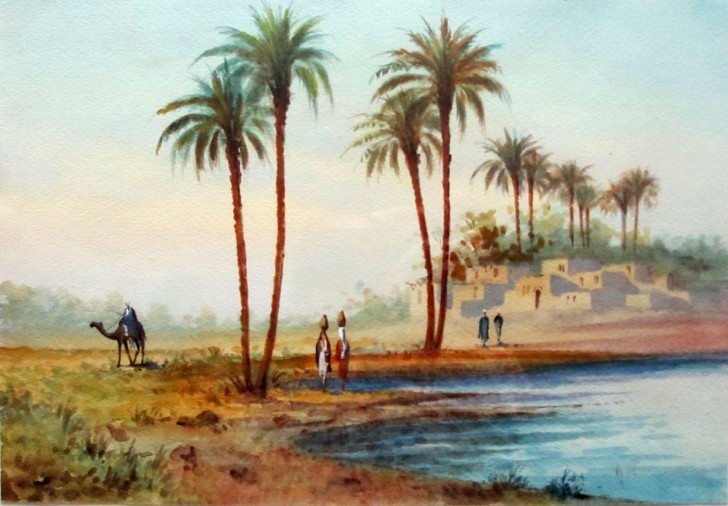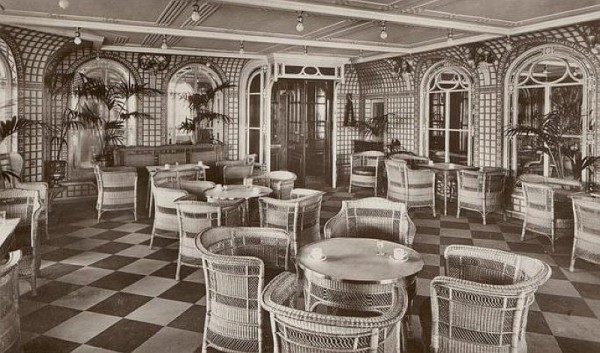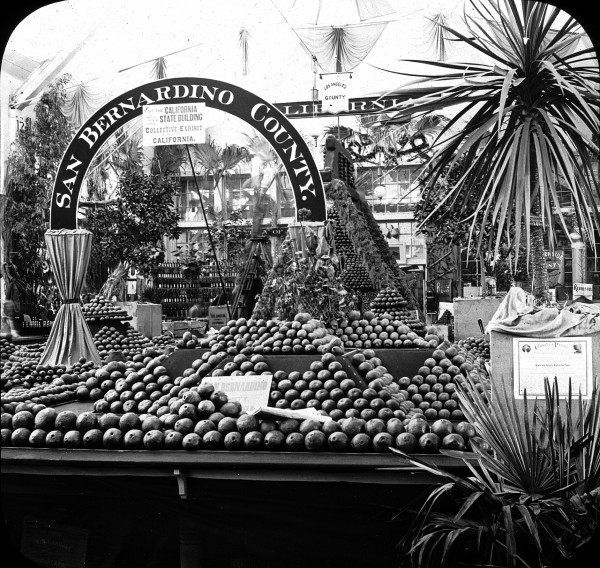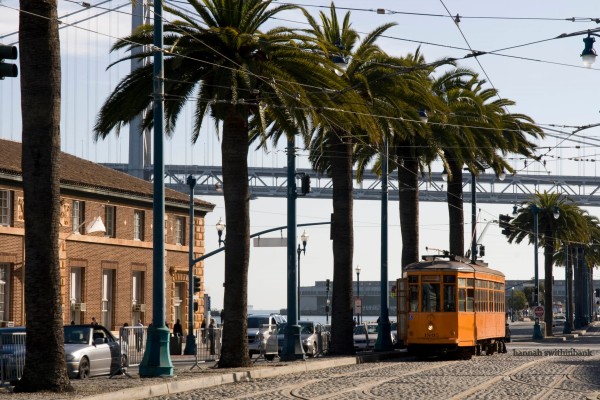On a Friday evening in the summer of 2011, Los Angeles resident Brent Green was driving home from work and took a route he doesn’t usually take to get to his neighborhood. As he neared his home, he saw a work crew of about 25 guys in orange uniforms doing landscaping in a freeway berm.
He thought it all seemed a little odd.
For starters, it was 7pm on a Friday — late in the day for a city work crew. It was also piece of land that never got much attention; most of it was scrubby overgrowth. To Brent, this meant one thing.
They were stealing trees!
As a landscape designer, Brent Green knew the worth of the trees that had attracted the attention of the orange-suited crew: $20,000 each.
Reports of palm theft have appeared in San Diego, and in Texas; palm rustling also gets a mention in Susan Orlean’s The Orchid Thief.
To understand why someone would want to steal a palm tree, we need to understand their value — which has a lot to do with the space they occupy in our collective imagination. We don’t plant palms for any of the normal reasons we want other trees around. They produce little shade, are difficult to climb, and don’t, for the most part, produce edible fruit.
Palm trees, it seems, do something else. They’re evocative. They’re transportative. They inspire us to dream big.

Within the Western imagination, palms have always been about evoking a spirit of elsewhere. Even two hundred years ago, palm trees were planted in California by the Spanish as a way of signifying on the Holy Land, and also so they could have fronds for Palm Sunday.
So palm trees were around when California became a state in 1850. And around that same time, there was a trend in art and literature of what we now call Orientalism — a kind of fascination with the idea of the east. Palm trees were also used to make people think of the tropics.

While these three tropes are unfolding — palms symbolizing the Holy Land, the Orient, and the tropics — they also began to evoke a bigger notion that we can still recognize today. Palms trees became a symbol for luxury and leisure.
By 1900, if you stayed at a fancy hotel in any world city — be in San Francisco, or New York, or Paris, or London — you could expect to find a palm court there. Even the RMS Titanic had a palm court.

Even though palms were already going international by the dawn of the 20th Century, it was in California — around Los Angeles especially — that their place in the global imagination really took root.
A trend emerged among wealthy homeowners of planting palm trees on either side of their front door and eventually middle-class people took note and started doing it as well.
Then, rich suburbs outside of Los Angeles started planting palms not just on private property but also along city streets — almost as if to say, we will be reminded of luxury everywhere we go. Los Angeles proper wanted to follow suit, and so during the Great Depression, the WPA put unemployed men to work planting “municipal palms” along the city’s boulevards.

There are more than 2,500 species of palm tree, but in California one has stood out: the Canary Island Date Palm (Phoenix canariensis).
This palm is so stately and majestic that it was used as the symbol of California boosterism at the turn of the century.

In 1893, one Canary Island Date Palm was dug up, put on a railcar and freighted all the way to Chicago for the Columbian Exposition; every day, California boosters would affix to the palm a piece of paper listing the temperatures at coronado beach in San Diego and at Lake Michigan just for comparison.

For a long time, the Canary Island Date Palms were mostly a symbol of Southern California. But eventually — especially by the 1990s — they were also in hot demand in the Bay Area as well. The demand, and limited supply, caused the costs of the trees to spike.
And that is why some palm trees can cost up to $20,000.




Comments (4)
Share
Darn you..I spent my 30 minute commute in Northern California counting palm trees. Well counting and thinking about them. Great show as always. (On a side note it is sunny and going to be 70 today)
Hi Dan,interesting comment on Palm Reading podcast.I myself am hooked…..i’ll never look at palm trees the same way again.
Loved the story…my kinda thing!
thegreatcourses.com/99pi isn’t working, is the offer over already?
Interesting podcast – however – I don’t think the word trasportative is a word. It stuck out like a sore thumb